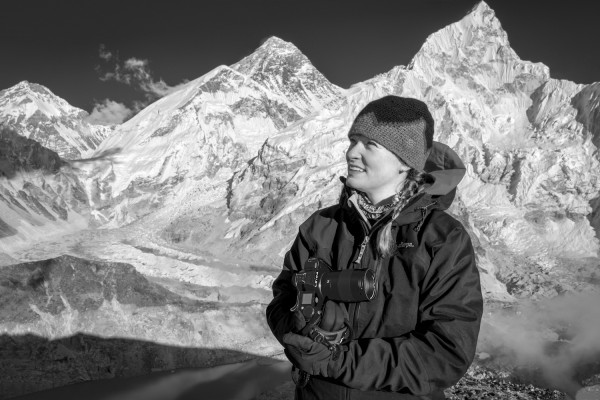Luminous Everest
Luminous Everest
Cira Crowell
December 25, 2018
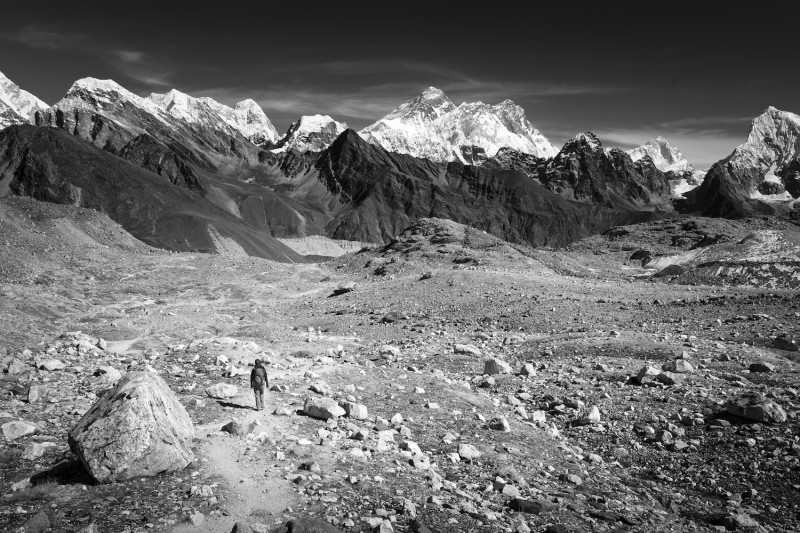
Everest is Calling
LFI: Your pictures are part of a bigger project about Mt. Everest. Could you describe this project in detail?
Cira Crowell: One beautiful aspect of a photographic life is how each project inspires and informs another. Years of serving on remote humanitarian clinic treks has yielded books, shows and talks which raised funds, awareness and even helped re-roof a village. I stay in contact with people to make sure the resulting projects are indeed helpful to their communities.
These photos are a selection from my new book, Luminous Everest, a hand-bound special edition of twenty-four images of Mt. Everest made over three years with the Leica SL. This project was about slowing down to capture the many moods of Everest, in daylight and moonlight. Luminous Everest is being released in connection with an exhibit at Mountainfilm on Tour/Savannah in January 2019. The photographs evoke the majesty and mystery of the Everest and are the part of a larger Himalayan project.
What fascinates you most about mountains? What do you particularly like about Everest?
The high mountains are physically demanding, mentally challenging and spiritually metaphorical. Mt. Everest, the highest peak on earth at 8,848m/29,029ft, is an international icon. For many, Everest represents a pinnacle achievement; for local Sherpa people she is revered as Chomolungma, Mother Goddess. Everest exists in ice and imagination; the mountain is a mirror, reflecting individual intentions.
My hope was to make photographs that are a blend of art and adventure. I worked with a sense of ongoing awareness, open to what Ansel Adams called the “exquisitely right moment”, sometimes stopping to wait for a cloud to shift or for conditions to improve.
The Himalaya mountains seem like a very hostile environment…
Yes, Everest is a photographic challenge because of the geography and extreme conditions, yet there are magical moments, as with Everest Glory. As I waited for the valley to clear, clouds caught my shadow in a broken spectre. With only a few seconds to capture the passing phenomenon, the SL easily mastered the delicate radial rainbow as well as the intense backdrop of Everest. Images happen in their own time whether the shutter speed is three minutes or 1/500th.
Despite the majestic backdrop, it looks like this area is incredibly deserted. Did you meet people along the way; did you spend time in villages or were you on your own?
Upper Khumbu is home to some of the highest peaks and glacial valleys in the world, it is a delicate ecosystem and alpine environment with fewer, smaller villages as elevation increases. I’ve been fortunate to travel with locals who are guides, translators and most of all, friends, over years of trekking together. The figure in Everest is Calling is a dear friend, the mountaineer and humanitarian Pasang Lhamu Sherpa Akita, with whom I’ve trekked over 1,287km/800 miles; so it is a very sentimental image of her on the trails of her home region.
Travel and photography are about interconnection. We take time to stop in the villages, making careful notes as well as images, listening to the stories, accomplishments and concerns of the locals, so that deeper understanding is integrated into the project. Curiosity, cultural respect and kindness are critical; despite the remoteness, there are people from all countries along the trails with all sorts of reasons for traveling to Everest.
What was the most difficult to handle on your trip?
The altitude, temperature extremes, narrow cliff-side trails, unpredictable yaks and passing pack animals are daily concerns in Khumbu. Being well prepared with mountain experience, medicines, expertise handling gear in changing outdoor conditions and disciplined daily gear maintenance is helpful.
Blowing grit once jammed my Vario-Elmarit SL 24-90 and the only option on hand was to try a few drops of cooking oil to lubricate the lens which worked perfectly as long as it was above freezing. The zoom performed for the rest of the trek, was repaired by Leica Germany, and has only a few barrel scratches as reminders – a very minor thing considering all the years of tough use.
Do you need special training to get used to these extreme conditions, or would you recommend to everyone to visit the Himalayan region?
The Sherpa population of Nepal is less than 5,000 and tourism currently draws more than eight times that number to Khumbu, There is a rapidly improving infrastructure, but solar electricity, limited food and water resources, narrow trails, small remote lodges and few healthcare clinics cannot support “everyone”. The Everest region is exponentially different and requires a lot of research and careful preparation. Make sure you are into it and up for it. Be prepared to do the right thing and pay locals more than fair wages. Go only if you can be of support and encouragement to others as well as yourself: a successful trek is 24-hour teamwork.
Physical fitness is as critical as photographic proficiency. All of these images were made on days of trekking into a region without roads. The twilight and night photos in Luminous Everest were made after hiking hours over 5,500m/18,044ft, waiting in sub-zero temperatures with only minutes to photograph as the light changed over Everest.
My recommendation would be for people to explore their closest mountains. Hike near home, climb the peaks of your country, let nature physically and mentally teach you. See if you like backpacking with your camera gear, water, clothing, snacks, and other pack items, which all adds to the challenge of photography.
I believe in training for the mountains in the mountains. We are fortunate to live above 2,500m/8,200ft, so I acclimatize by hiking and running trails up to 3,657m/12,000ft with a backpack that equals my camera gear weight, simulating changing conditions by running in a hot sun and at dusk. It’s critical to be physically and mentally fit enough to be a supportive team member to those with whom you travel. I use yoga and mountaineering breathing practices to alleviate the pain of muscle strain at altitude, and to steady myself when shooting manual focus with hands shaking from the cold and lack of oxygen. It’s important to be able to maintain cheer and calm to keep team spirits up as the days get long.
You always work with lots of equipment, this time you had two SLs and four lenses. How did the camera gear react to these extreme conditions?
I’ve been a passionate Leica photographer for decades, using R, M, SL and S systems. As a normal practice, I carry a body and one to three lenses carefully selected according to bright or low light applications. In choosing gear for this trek I went with the lighter-weight, weather-sealed, medium-format Leica SL. My primary lenses were the Super Vario Elmar SL 16-35 and Vario-Elmarit SL 24-90, because the auto-focus and weather sealing were critical. I chose the Vario-Elmar R 80-200 and Telyt R 500 to increase focal range with less weight (without focusing motors). The Summicron SL75 remains one of my favorite lenses for beautiful highlight resolution, micro-contrast and compact size. I slept with the cameras and batteries to keep them from freezing. After 800km/500 miles of trekking over three years, I’m still using my original SLs along with thirty year-old lenses that I carry and work with daily; so I would say the gear is amazingly robust and a joy to handle in all conditions, from home to the Himalayas and back again. Integrating different Leica systems with the SL yields stable, sturdy tools to express the sensitivity of spirit for a project like Luminous Everest.
Cira Crowell+-
It was her grandfather’s Leicaflex SL2 that awakened in Cira Crowell a passion for photography over 25 years ago. At times, she still uses some decades-old lenses on her own Leica SL. Her pictures, sketches and animations experiment with light and shadow, deal primarily with the beauty of our planet, and have already been exhibited in New York and at the Leica Gallery in Los Angeles. More

Everest is Calling
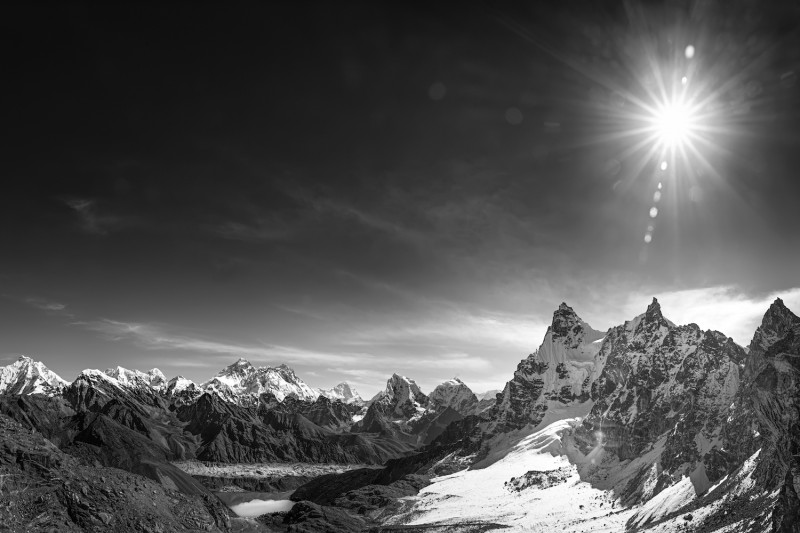
Radiant Range
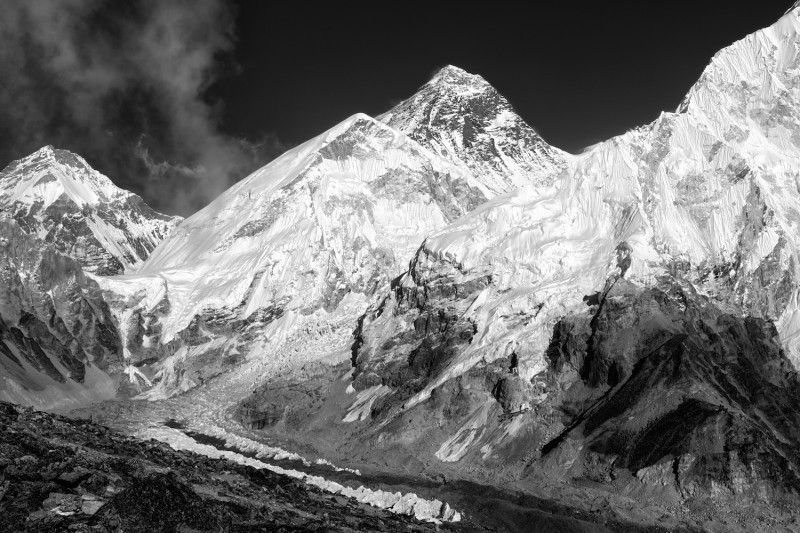
Crown of Khumbu

Summit Pyramid
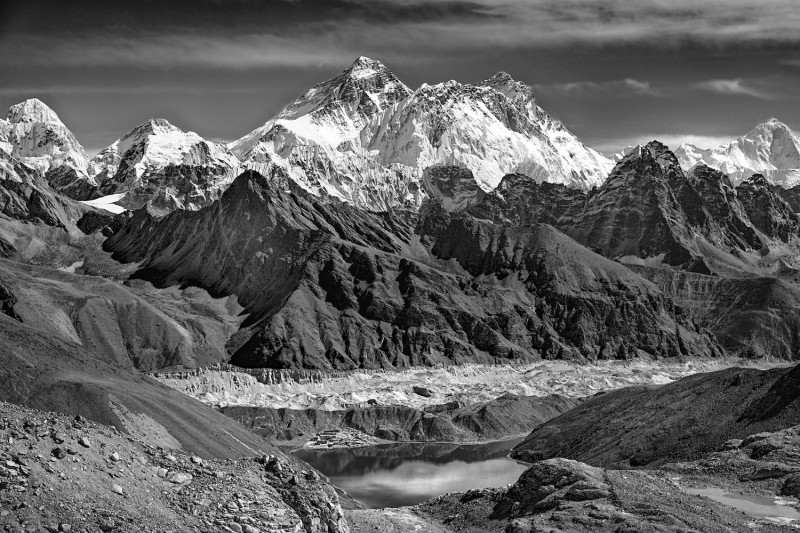
Everest Above Gokyo
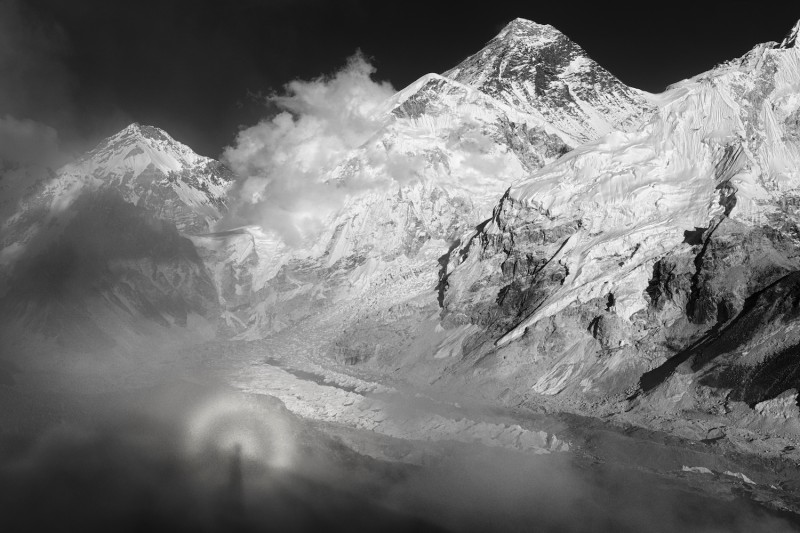
Everest Glory
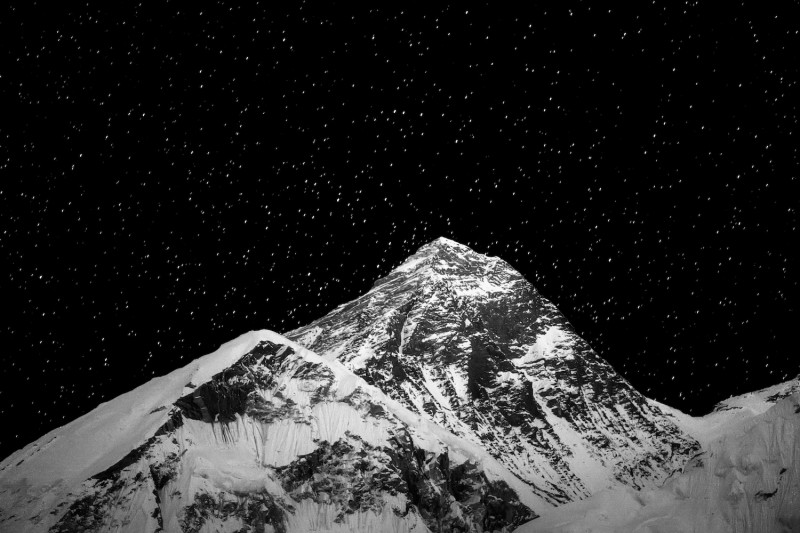
Point of Light
